When interest rates change the present value of assets and liabilities also change exposing the banks to interest rate risk. Changes in interest rates do not have the same impact on the discounted value of assets and liabilities since they are not invested to the same terms. Another source of exposure to interest rate risk is when products are repriced at the pricing frequency based on the rates in existence at that point in time and at a point on a yield curve that matches its term.
The Funds Transfer Pricing (FTP) system, if designed properly, provides information to insulate the banking business from interest rate risk. It is also a critical tool to ensure the valuation of interest-bearing assets and liabilities remains current and interest exposure is identified, measured and effectively hedged.
For banks in Ghana, choosing an appropriate local currency transfer pricing curve is quite difficult due to limited quotes on term structure of spot interest rates. The absence of market rates presents a challenge because banks are unable to adequately reprice assets and liabilities based on the duration of their maturities. Such vulnerabilities have proven devastating for financial institutions that can even lead to bank failures. Thus, robust identification and measurement tools to understand the severity of interest rate risk are critical.
Using the current Bank of Ghana (BoG) benchmark rates, BankingBook has developed a spot rate yield curve to which banks can then adjust for institutional credit and liquidity spreads.

Whilst standard interest rate risk exposure can be determined by shocking the yield curve with parallel shifts and repricing the mismatches, banks must understand how interest rates for different terms are related to each other in order to effectively address other components of structural interest rate risk, i.e., basis and optionality risks.
By analyzing the yield curve movements and by decomposing the interest rate term structure into its principal components, (BBA) has created a measure for the impact of different extreme interest rate scenarios and changes in the present value of assets minus liabilities to calculate economic value of equity. This becomes even more important due to the illustrated non-parallel changes in the Ghanaian yield curve and increasing spread between LT and ST rates on a month-over-month basis.
Instead of building the distribution of “present value of assets minus liabilities” from thousands of simulations, our experts seek to determine the worst-case interest rate scenario analytically at the target solvency standard, and evaluate the “present value of assets minus liabilities” only for a few scenarios. At the core of this approach is the understanding that interest rates for different terms are in fact related to each. Thus, it should be possible to explain the material changes in the term structure by fewer factors. Based on BBA’s proprietary Principal Component Analysis (PCA), 90% of the dynamic changes in the interest rate term structure (‘twist and shift’) can be explained. This would enable interest rate forecasting, FTP adjustment and non-parallel stress testing. Worst case moves can be developed using a multiple of the standard deviation of the components, which can then be converted into interest rate scenarios.
In summary, the best methodology to estimate economic value of equity (EVE) for structural interest rate risk requires:
- Analysis of the yield curve movements and determine interest rate shock scenarios, by decomposing the interest rate term structure into its principal components.
- Measurement of the impact of the different extreme interest rate scenarios in changes in the present value of assets minus liabilities and calculate EVE by measuring such changes under the worse-case scenario.
BBA’s provides the structural coverage Ghanaian banks need due to the non-parallel shifts in the yield curve. today to further discuss how you can benefit from , avoid impact from interest rate risk and thrive in this new environment.
